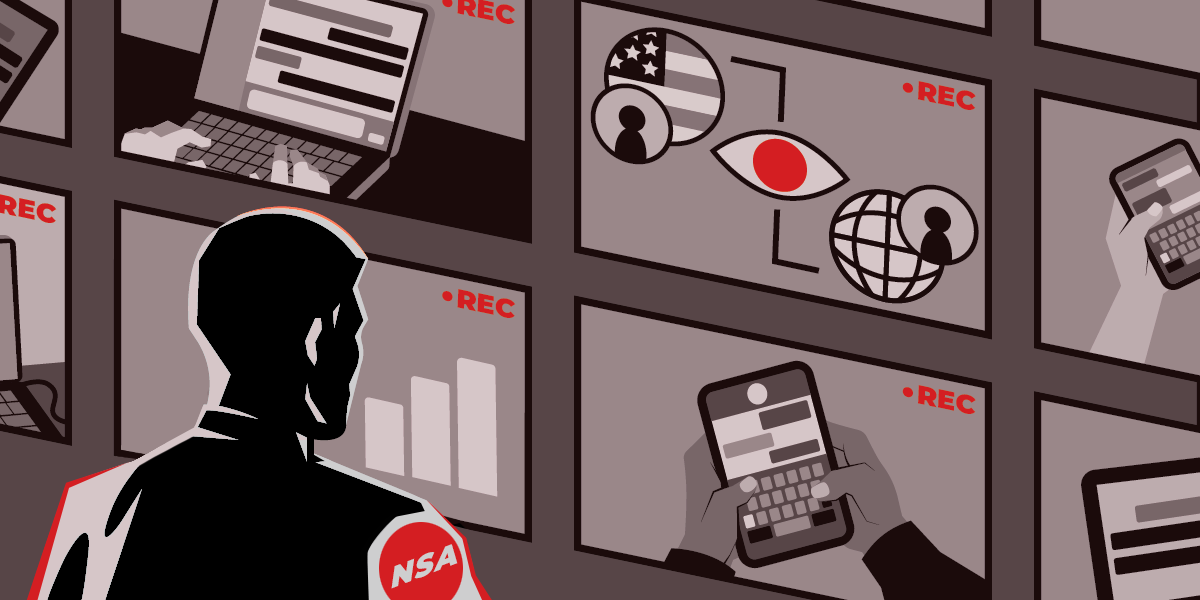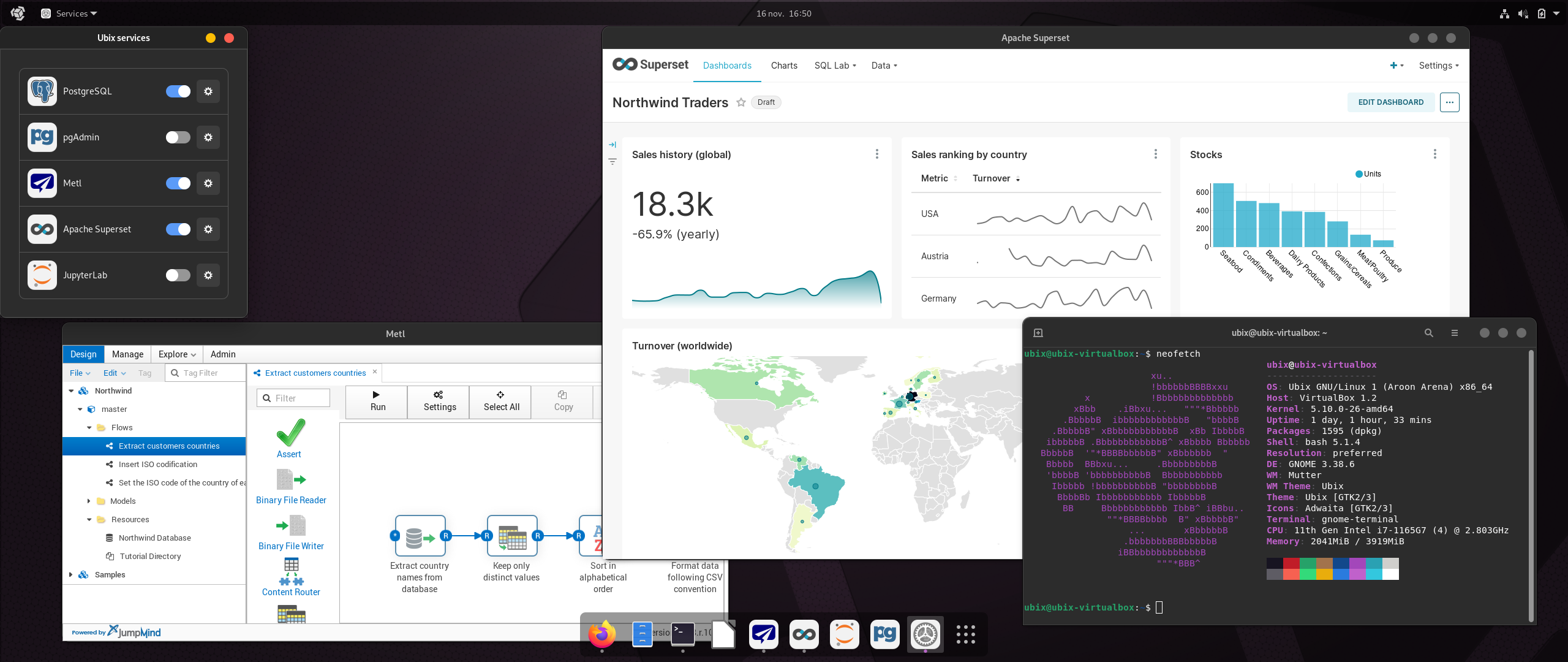After several years of litigation across the federal appellate courts, the U.S. Supreme Court in a unanimous opinion has finally crafted a test that lower courts can use to determine whether a government official engaged in “state action” such that censoring individuals on the official’s social media page—even if also used for personal purposes—would violate the First Amendment.
The case, Lindke v. Freed, came out of the Sixth Circuit and involves a city manager, while a companion case called O'Connor-Ratcliff v. Garnier came out of the Ninth Circuit and involves public school board members.
A Two-Part Test
The First Amendment prohibits the government from censoring individuals’ speech in public forums based on the viewpoints that individuals express. In the age of social media, where people in government positions use public-facing social media for both personal, campaign, and official government purposes, it can be unclear whether the interactive parts (e.g., comments section) of a social media page operated by someone who works in government amount to a government-controlled public forum subject to the First Amendment’s prohibition on viewpoint discrimination. Another way of stating the issue is whether a government official who uses a social media account for personal purposes is engaging in state action when they also use the account to speak about government business.
As the Supreme Court states in the Lindke opinion, “Sometimes … the line between private conduct and state action is difficult to draw,” and the question is especially difficult “in a case involving a state or local official who routinely interacts with the public.”
The Supreme Court announced a fact-intensive test to determine if a government official’s speech on social media counts as state action under the First Amendment. The test includes two required elements:
- the official “possessed actual authority to speak” on the government’s behalf, and
- the official “purported to exercise that authority when he spoke on social media.”
Although the court’s opinion isn’t as generous to internet users as we had asked for in our amicus brief, it does provide guidance to individuals seeking to vindicate their free speech rights against government officials who delete their comments or block them outright.
This issue has been percolating in the courts since at least 2016. Perhaps most famously, the Knight First Amendment Institute at Columbia University and others sued then-president Donald Trump for blocking many of the plaintiffs on Twitter. In that case, the U.S. Court of Appeals for the Second Circuit affirmed a district court’s holding that President Trump’s practice of blocking critics from his Twitter account violated the First Amendment. EFF has also represented PETA in two cases against Texas A&M University.
Element One: Does the official possess actual authority to speak on the government’s behalf?
There is some ambiguity as to what specific authority the Supreme Court believes the government official must have. The opinion is unclear whether the authority is simply the general authority to speak officially on behalf of the public entity, or instead the specific authority to speak officially on social media. On the latter framing, the opinion, for example, discusses the authority “to post city updates and register citizen concerns,” and the authority “to speak for the [government]” that includes “the authority to do so on social media….” The broader authority to generally speak on behalf of the government would be easier to prove for plaintiffs and should always include any authority to speak on social media.
Element One Should Be Interpreted Broadly
We will urge the lower courts to interpret the first element broadly. As we emphasized in our amicus brief, social media is so widely used by government agencies and officials at all levels that a government official’s authority generally to speak on behalf of the public entity they work for must include the right to use social media to do so. Any other result does not reflect the reality we live in.
Moreover, plaintiffs who are being censored on social media are not typically commenting on the social media pages of low-level government employees, say, the clerk at the county tax assessor’s office, whose authority to speak publicly on behalf of their agency may be questionable. Plaintiffs are instead commenting on the social media pages of people in leadership positions, who are often agency heads or in elected positions and who surely should have the general authority to speak for the government.
“At the same time,” the Supreme Court cautions, “courts must not rely on ‘excessively broad job descriptions’ to conclude that a government employee is authorized to speak” on behalf of the government. But under what circumstances would a court conclude that a government official in a leadership position does not have such authority? We hope these circumstances are few and far between for the sake of plaintiffs seeking to vindicate their First Amendment rights.
When Does the Use of a New Communications Technology Become So “Well Settled” That It May Fairly Be Considered Part of a Government Official’s Public Duties?
If, on the other hand, the lower courts interpret the first element narrowly and require plaintiffs to provide evidence that the government official who censored them had authority to speak on behalf of the agency on social media specifically, this will be more difficult to prove.
One helpful aspect of the court’s opinion is that the government official’s authority to speak (however that’s defined) need not be written explicitly in their job description. This is in contrast to what the Sixth Circuit had, essentially, held. The authority to speak on behalf of the government, instead, may be based on “persistent,” “permanent,” and “well settled” “custom or usage.”
We remain concerned, however, that if there is a narrower requirement that the authority must be to speak on behalf of the government via a particular communications technology—in this case, social media—then at what point does the use of a new technology become so “well settled” for government officials that it is fair to conclude that it is within their public duties?
Fortunately, the case law on which the Supreme Court relies does not require an extended period of time for a government practice to be deemed a legally sufficient “custom or usage.” It would not make sense to require an ages-old custom and usage of social media when the widespread use of social media within the general populace is only a decade and a half old. Ultimately, we will urge lower courts to avoid this problem and broadly interpret element one.
Government Officials May Be Free to Censor If They Speak About Government Business Outside Their Immediate Purview
Another problematic aspect of the Supreme Court’s opinion within element one is the additional requirement that “[t]he alleged censorship must be connected to speech on a matter within [the government official’s] bailiwick.”
The court explains:
For example, imagine that [the city manager] posted a list of local restaurants with health-code violations and deleted snarky comments made by other users. If public health is not within the portfolio of the city manager, then neither the post nor the deletions would be traceable to [his] state authority—because he had none.
But the average constituent may not make such a distinction—nor should they. They would simply see a government official talking about an issue generally within the government’s area of responsibility. Yet under this interpretation, the city manager would be within his right to delete the comments, as the constituent could not prove that the issue was within that particular government official’s purview, and they would thus fail to meet element one.
Element Two: Did the official purport to exercise government authority when speaking on social media?
Plaintiffs Are Limited in How a Social Media Account’s “Appearance and Function” Inform the State Action Analysis
In our brief, we argued for a functional test, where state action would be found if a government official were using their social media account in furtherance of their public duties, even if they also used that account for personal purposes. This was essentially the standard that the Ninth Circuit adopted, which included looking at, in the words of the Supreme Court, “whether the account’s appearance and content look official.” The Supreme Court’s two-element test is more cumbersome for plaintiffs. But the upside is that the court agrees that a social media account’s “appearance and function” is relevant, even if only with respect to element two.
Reality of Government Officials Using Both Personal and Official Accounts in Furtherance of Their Public Duties Is Ignored
Another problematic aspect of the Supreme Court’s discussion of element two is that a government official’s social media page would amount to state action if the page is the “only” place where content related to government business is located. The court provides an example: “a mayor would engage in state action if he hosted a city council meeting online by streaming it only on his personal Facebook page” and it wasn’t also available on the city’s official website. The court further discusses a new city ordinance that “is not available elsewhere,” except on the official’s personal social media page. By contrast, if “the mayor merely repeats or shares otherwise available information … it is far less likely that he is purporting to exercise the power of his office.”
This limitation is divorced from reality and will hamstring plaintiffs seeking to vindicate their First Amendment rights. As we showed extensively in our brief (see Section I.B.), government officials regularly use both official office accounts and “personal” accounts for the same official purposes, by posting the same content and soliciting constituent feedback—and constituents often do not understand the difference.
Constituent confusion is particularly salient when government officials continue to use “personal” campaign accounts after they enter office. The court’s conclusion that a government official “might post job-related information for any number of personal reasons, from a desire to raise public awareness to promoting his prospects for reelection” is thus highly problematic. The court is correct that government officials have their own First Amendment right to speak as private citizens online. However, their constituents should not be subject to censorship when a campaign account functions the same as a clearly official government account.
An Upside: Supreme Court Denounces the Blocking of Users Even on Mixed-Use Social Media Accounts
One very good aspect of the Supreme Court’s opinion is that if the censorship amounted to the blocking of a plaintiff from engaging with the government official’s social media page as a whole, then the plaintiff must merely show that the government official “had engaged in state action with respect to any post on which [the plaintiff] wished to comment.”
The court further explains:
The bluntness of Facebook’s blocking tool highlights the cost of a “mixed use” social-media account: If page-wide blocking is the only option, a public official might be unable to prevent someone from commenting on his personal posts without risking liability for also preventing comments on his official posts. A public official who fails to keep personal posts in a clearly designated personal account therefore exposes himself to greater potential liability.
We are pleased with this language and hope it discourages government officials from engaging in the most egregious of censorship practices.
The Supreme Court also makes the point that if the censorship was the deletion of a plaintiff’s individual comments under a government official’s posts, then those posts must each be analyzed under the court’s new test to determine whether a particular post was official action and whether the interactive spaces that accompany it are government forums. As the court states, “it is crucial for the plaintiff to show that the official is purporting to exercise state authority in specific posts.” This is in contrast to the Sixth Circuit, which held, “When analyzing social-media activity, we look to a page or account as a whole, not each individual post.”
The Supreme Court’s new test for state action unfortunately puts a thumb on the scale in favor of government officials who wish to censor constituents who engage with them on social media. However, the test does chart a path forward on this issue and should be workable if lower courts apply the test with an eye toward maximizing constituents’ First Amendment rights online.













